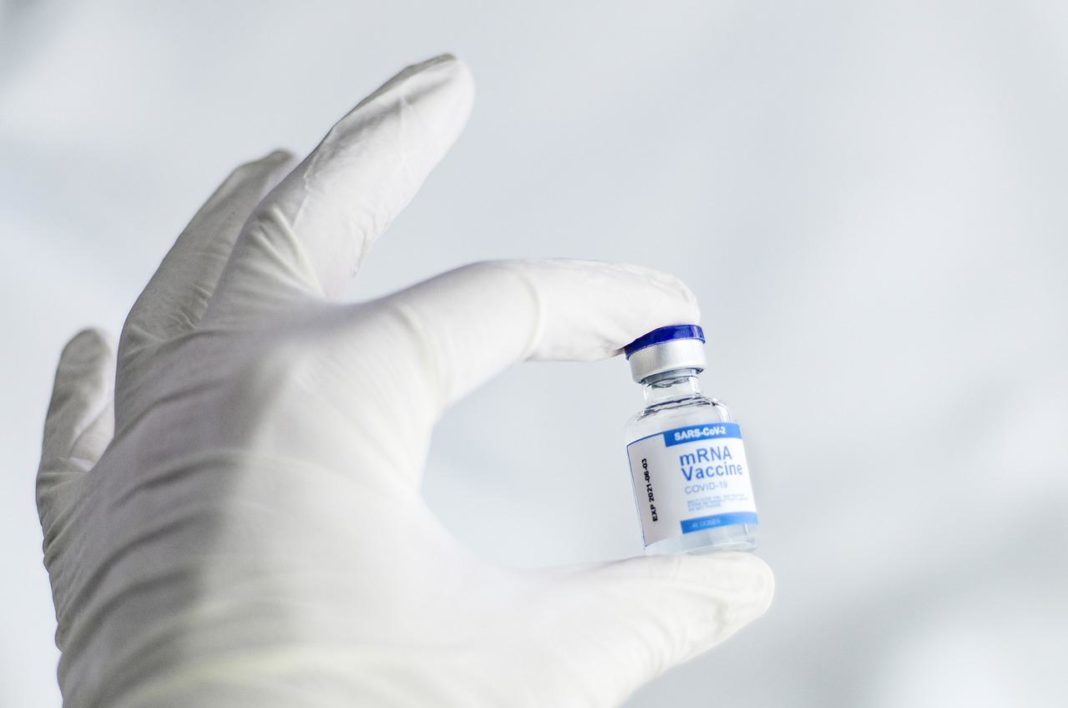How long has the mRNA technology been around? One company, Moderna, developed an experimental shot for the cytomegalovirus virus in 1961. The company, however, stopped paying its fees and it hasn’t been in operation since. The company, however, continues to consult with other companies regarding vaccine-research issues. As of this writing, there is still some controversy surrounding the technology.
Transgene mrna technology started in 1961
The journey to transgene mRNA technology was fraught with technical hurdles and enthusiasm. Despite the success of the early work, many obstacles were faced in the quest to make mRNA work. The most significant hurdle was the degradation of mRNA, the messenger strand of genetic information. Until it was recognized as a functional messenger, mRNA was useless. It was incapable of reading into proteins in cells and was rapidly degraded in the body.
To overcome this problem, scientists developed new techniques to manufacture mRNA vaccines. These new vaccines can be produced without using traditional animal testing or chemotherapy. The company Moderna, based in Cambridge, Mass., began with research from Harvard’s Derrick Rossi, who was able to reprogram adult cells into embryonic ones. He shared these findings with Professors Langer and Springer, who saw great potential in introducing mRNA into cells. While Moderna initially focused on cancer vaccines and therapeutics, it switched focus to COVID-19 when the pandemic hit the news.
The discovery of mRNA began in 1961. Avery and his colleagues at Rockefeller University first discovered DNA as the “Transforming Principle” in pneumococcal bacteria. The scientists subsequently analysed gene expression in infected cells. They concluded that the stable ribosomal RNA did not contain protein-encoding information, and hence, called it messenger RNA. As a result, the ribosomes synthesise proteins according to the information contained in mRNA.
The COVID-19 pandemic began in Wuhan, China in December of 2019. It has caused a global economic recession and affected 167 million people. As a result, messenger RNA-based (mRNA) vaccines are shining the light in this dark world. This technology is a major step forward in the fight against non-infectious diseases. With further advancements in the field, mRNA vaccines could prove to be an effective cure against a wide range of illnesses.
Moderna mrna technology has experimental shots in clinical testing for cytomegalovirus
Two mRNA companies have pivoting toward SARS-CoV-2 vaccine candidates. They have similar timelines: 11 months for SARS-CoV-2 vaccine candidates, and more than a year for CMV vaccine candidate. Both have several promising uses for mRNA technology. But there is an even greater need for such vaccines now than ever.
mRNA molecules contain immunostimulatory properties and can also act as immunoadjuvants. However, it is difficult to balance these properties with the expression of the encoded antigen. The most advanced mRNA vaccines incorporate chemically modified nucleotide bases to achieve the balance between immunostimulatory properties and expression of the encoded antigen. Moderna’s CVnCoV mRNA vaccine is an example.
Both companies are currently undergoing phase I and II trials for their mRNA vaccines. Moderna’s CVnCoV vaccine (BNT162b2) has been shown to be stable for 3 months in refrigerators. Moderna’s mRNA-1273 was administered to human volunteers for the first time on 16 March 2020. This trial was facilitated by the company’s almost ten years of clinical experience with mRNA vaccines. Moderna’s CVnCoV vaccine required storage at -70 degC and the collaborator Pfizer developed shipping boxes with dry ice to facilitate logistics.
The company has two vaccine strategies: germline targeting and immune-focusing. The company is currently collaborating with IAVI to test the antigens for these vaccines. They will share the results of their trials with others. As always, readers should rely on this information at their own risk. So far, moderna mrna technology has been successful in developing experimental shots for HIV.
Moderna mrna technology has two patents
Two patents covering Moderna’s mRNA technology were rejected by the U.S. Court of Appeals for the Federal Circuit. Both patents are directed to lipid nanoparticles, which protect messenger RNA and deliver it to its destination. The patented technology is being used in the development of COVID-19, a vaccine for the coronavirus. Arbutus and Moderna communicated about the license for a new shot.
One of the main issues with Moderna’s mRNA technology is its patents. The company has two patents, but only one of them is directly related to its product. The other patent applies to another, unrelated, technology. The N.I.H. and Moderna had been in talks for over a year before Moderna filed the patents. It is unclear whether the government will go to court, which would cost billions of dollars and be messy.
In addition to the patents, Moderna is also battling with the National Institutes of Health over who has the right to make the vaccine. The company filed patents in the United States in 2007 and 2008, claiming to be the sole inventors of the coronavirus vaccine component. Nevertheless, the National Institutes of Health argues that the company has two patents on the technology, and therefore owns it.
The mRNA technology developed by Moderna has been licensed by several companies. For example, BioNTech RNA and CellScript have sublicensed these patents to Moderna. In addition to that, Moderna has also worked with Pfizer to develop an mRNA vaccine called COVID-19. Moderna’s sublicense agreement with BioNTech mentions Drs. Katalin Kariko and Drew Weissman from the Perelman School of Medicine and the ‘036 patent.
mrna technology’s vulnerability to degradation
Researchers believe that mRNA technology can improve patient outcomes by protecting mRNA inside cells. But their findings have raised a number of questions about the safety of the process. What are the downsides of mRNA technology? Read on to learn more. In the end, the vulnerability of mRNA to degradation is likely to be the main problem. This will also have a profound impact on the price of vaccines.



